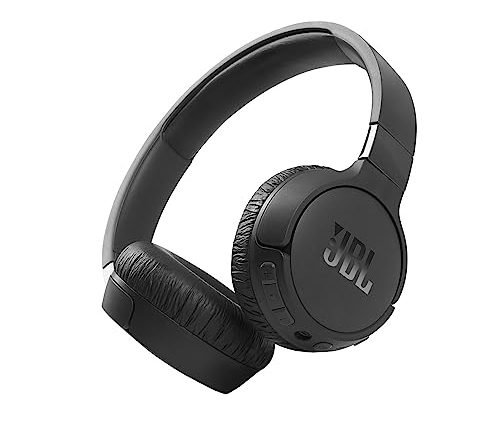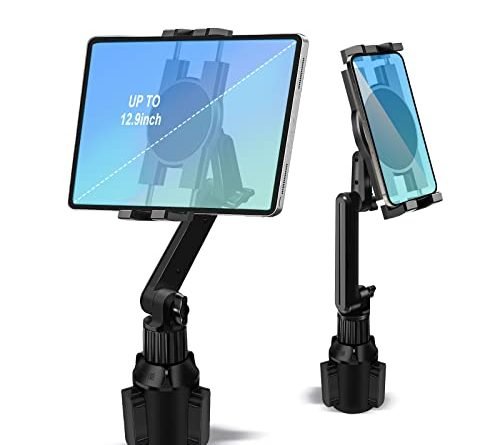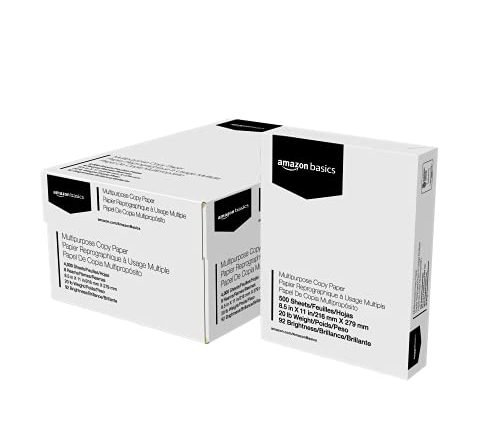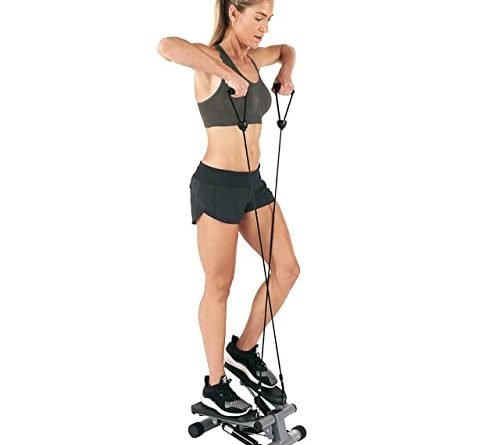
This step-by-step guide will show you how to store your desk exercise equipment when you’re not using it. It’s important to properly store your equipment to keep it in good condition and maximize its lifespan.
Stay Active at Your Desk



Upgrade Your Home Office with a Desk Treadmill: How to Seamlessly Transition from Sitting to Walking While You Work
Choose a designated storage area
To select a specific spot for your desk exercise equipment storage, start by assessing your home or office space. Look for an area that is easily accessible yet out of the way. This could be a closet, a corner, or even an empty wall. Consider the size of your equipment and make sure the chosen spot has enough room to accommodate it comfortably.
Once you’ve identified the desired storage location, clear out any unnecessary items that may be occupying the space. Remove any clutter or objects that could obstruct your access to the equipment. This will help create a dedicated area exclusively for your exercise gear.
Next, organize your equipment in a way that makes it easily reachable. If you have multiple items, such as resistance bands, hand weights, or a mini stepper, consider using storage containers or shelves to keep everything neatly arranged. Label each container or shelf accordingly to quickly identify and retrieve the specific equipment you need.
Remember, the goal is to have a designated storage area that is convenient for you to access whenever you want to incorporate some exercise into your work routine. By choosing a specific spot and keeping it organized, you’ll be more motivated to use your desk exercise equipment regularly.



Clean and disassemble the equipment
Before storing, clean any dirt or sweat off the equipment. Use a damp cloth or a suitable cleaning agent to wipe down the surfaces. Pay special attention to areas that come into contact with your skin, such as handles or grips. Remove any built-up grime or residue to ensure the equipment stays hygienic and in good condition.
If applicable, disassemble the equipment into smaller pieces for easier storage. Check the manufacturer’s instructions or guidelines to see if the equipment can be taken apart. If it can, carefully disassemble it, making sure to keep track of all the components. Place the smaller pieces in a safe and organized manner. This will not only save space but also prevent any damage that can occur from storing the equipment as a whole.
Wrap and protect the equipment
To wrap and protect your equipment, start by gathering protective materials such as bubble wrap or foam padding. Take each piece of equipment and wrap it individually, making sure to cover all sides and corners. This will provide a cushioning layer that helps prevent any damage or scratches during storage. Imagine you have a camera that you want to protect. Begin by wrapping it in bubble wrap, ensuring that the entire camera is covered with multiple layers of protective material. Pay special attention to delicate parts such as the lens and buttons. Once wrapped, secure the bubble wrap with tape to keep it in place. Repeat this process for each piece of equipment you have.
In addition to bubble wrap or foam padding, you can also consider using storage bags or cases if they are available. These provide an extra layer of protection and help keep your equipment organized. For example, if you have a set of headphones, place them in a storage bag designed for headphones. This will keep them safe from dust and potential damage. If you have a larger piece of equipment like a gaming console, look for a specific case designed for it. These cases often have compartments and padding customized to fit the equipment, providing maximum protection. Remember to label each storage bag or case with the name of the equipment inside to easily identify and locate them when needed.
Organize and arrange the equipment
Arrange the wrapped equipment in an organized manner in your designated storage area. Start by placing the heavier and larger items at the bottom of the storage space. This will provide a stable foundation and prevent the risk of any accidents. For example, you can place heavy dumbbells or weight plates at the bottom.
Next, carefully stack the lighter items on top of the heavier ones. This will help to maintain the stability of the equipment arrangement. For instance, you can stack yoga mats, resistance bands, or smaller weights on top of the larger items.
Remember to use bullet points to emphasize the step-by-step instructions and make them easier to follow. This will enable you to present the information in a clear and organized way. So, arrange the wrapped equipment, placing heavier and larger items at the bottom, and stack lighter ones on top.
Label and store properly
To label each wrapped piece of equipment, take a permanent marker or label maker and write the name or a brief description of each item on the outside of the wrapping material. Be sure to write legibly and make the label large enough to be easily seen. This simple step will save you time and frustration in the future when you’re searching for a specific item. No more unwrapping multiple things to find what you need – just glance at the label and you’re good to go!
When it comes to storing the equipment, prioritize easy access and retrieval. Arrange the items in a way that makes sense to you, whether it’s by category, size, or frequency of use. Put the frequently used items within reach, while less frequently used ones can be placed in slightly more remote areas. Consider utilizing shelves, bins, or other storage containers to keep everything organized and prevent items from getting misplaced. Keep in mind that the goal is to create a system that allows you to quickly locate and retrieve any piece of equipment whenever you want to use it.
Wrap it up and put it away!
So there you have it – a simple and practical guide on how to store your desk exercise equipment when you’re not using it. Just remember to clean and disassemble your equipment, find a suitable storage spot, and protect it from any potential damage. By taking these steps, you’ll be able to keep your space tidy, prolong the lifespan of your equipment, and effortlessly incorporate exercise into your work routine. So go ahead and give it a try – your body and mind will thank you!
Get Organized

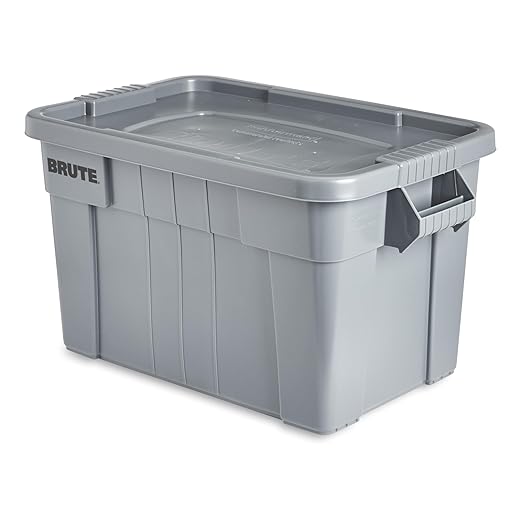
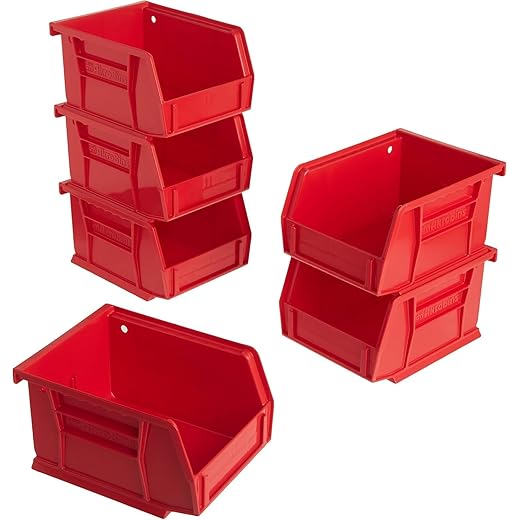
Organize and preserve
Getting Started with Desk Exercise Equipment
- Adjust your equipment: Start by adjusting your desk exercise equipment to your desired height and resistance level, ensuring it is comfortable for you to use
- Set a routine: Make a schedule or set reminders to incorporate desk exercise into your day. It could be a 5-minute workout every hour or a longer session during your lunch break
- Warm-up: Before starting any exercises, warm up your body with some simple stretches or light movements to get your blood flowing
- Start with simple exercises: Begin with simple exercises like seated leg raises, chair squats, or shoulder rolls. These exercises engage various muscle groups and can be done while sitting at your desk
- Maintain proper posture: Pay attention to your posture throughout the exercises. Sit up straight, engage your core, and keep your shoulders relaxed to avoid any strain or discomfort
- Remember, it’s important to listen to your body and gradually increase the intensity or duration of your desk exercises as you become more comfortable
Frequently Asked Questions about Desk Exercise Equipment
What are the different types of desk exercise equipment available?
There are various types of desk exercise equipment available that are designed to help you stay active while working. Some popular options include:
- Under-Desk Bikes: These are compact exercise bikes that fit under your desk, allowing you to pedal while seated. They help in improving blood circulation and burning calories.
- Desk Ellipticals: Similar to under-desk bikes, desk ellipticals provide a low-impact workout by simulating the motion of an elliptical trainer. They help in engaging your leg muscles and increasing your heart rate.
- Treadmill Desks: These are desks equipped with a treadmill underneath, allowing you to walk or even jog while working. Treadmill desks are ideal for those who want to incorporate more movement into their work routine.
- Balance Boards: These devices help in improving your balance and core strength. They can be placed on the floor or used with a standing desk, allowing you to engage your muscles while maintaining stability.
- Adjustable Standing Desks: Although not exercise equipment per se, standing desks can promote movement and reduce sedentary behavior. They allow you to switch between sitting and standing positions, encouraging better posture and increased activity throughout the day.
Can you give some examples of simple exercises that can be done using desk exercise equipment?
Sure, I’d be happy to help! There are several simple exercises you can do using desk exercise equipment. Here are a few examples:
- Pedaling: If you have an under-desk bike pedal exerciser, you can place it under your desk and pedal while working. This helps in increasing blood circulation and burning calories.
- Resistance band exercises: Attach a resistance band to your desk or chair and perform exercises like seated rows, bicep curls, or shoulder presses. These exercises help strengthen your upper body muscles.
- Leg lifts: While sitting on your chair, extend one leg straight out in front of you and hold for a few seconds. Then, lower it back down and repeat with the other leg. This exercise targets your leg muscles and can help improve flexibility.
- Chair squats: Stand up from your chair and then lower yourself back down without actually sitting. Repeat this motion for a set number of repetitions. Chair squats work your leg muscles and can help improve lower body strength.
- Shoulder rolls: Sit up straight and roll your shoulders back in a circular motion. This exercise helps relieve tension in your neck and shoulder muscles.


